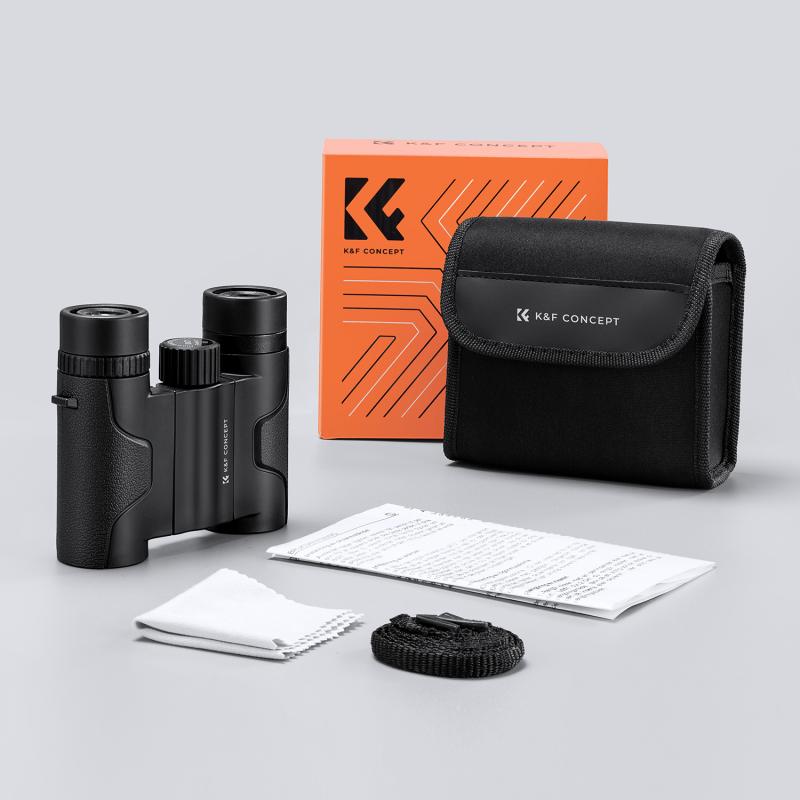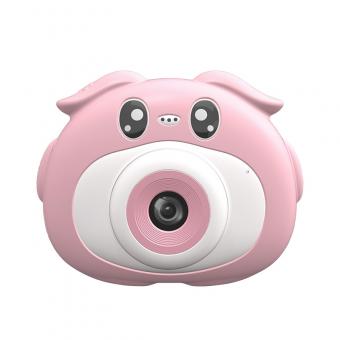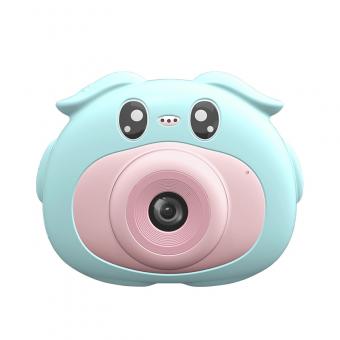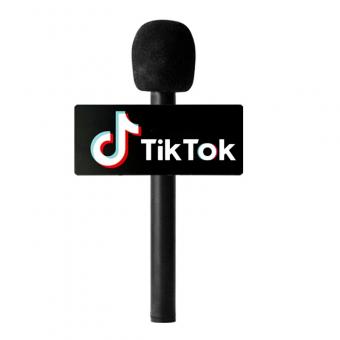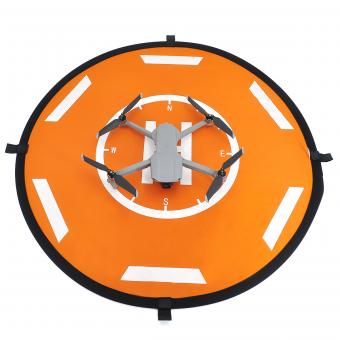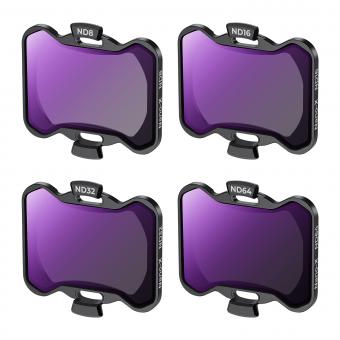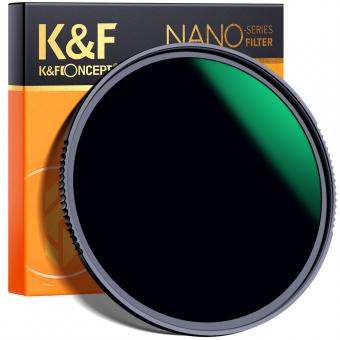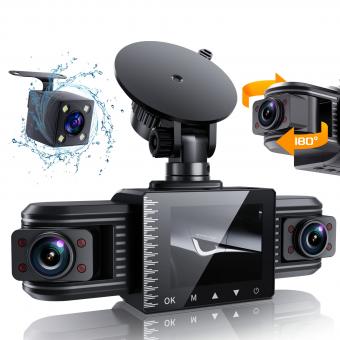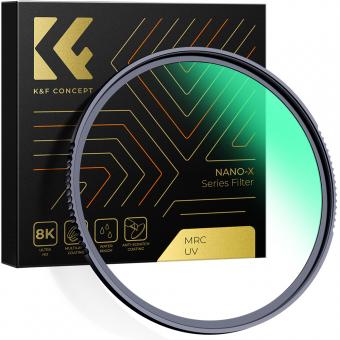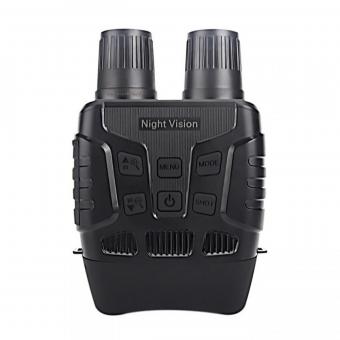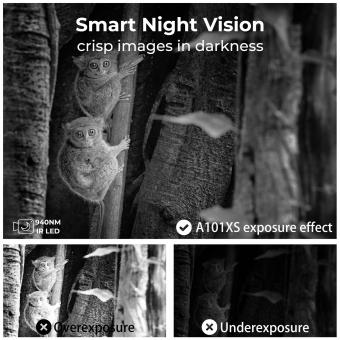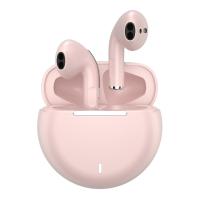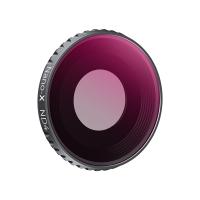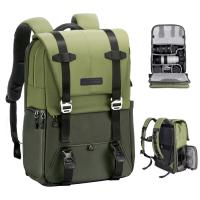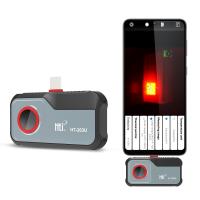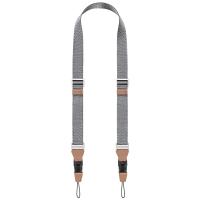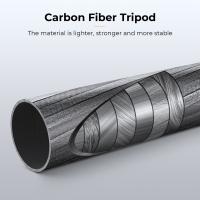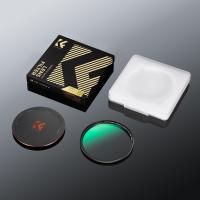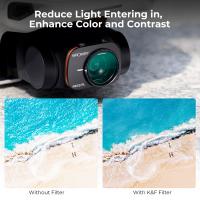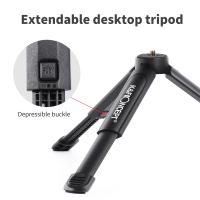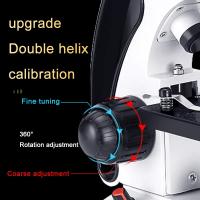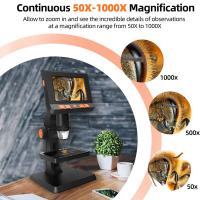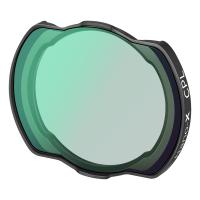What Makes A Good Binocular ?
A good binocular is characterized by several key features. Firstly, it should have high-quality optics, including lenses and prisms, that provide clear and sharp images with minimal distortion. The binocular should also have a wide field of view, allowing for a broader perspective of the observed scene. Additionally, a good binocular should have a comfortable and ergonomic design, with adjustable eyecups and a focus wheel that is easy to use. It should be lightweight and compact for portability, while also being durable and weatherproof to withstand outdoor conditions. Finally, a good binocular should offer a suitable magnification and objective lens diameter that aligns with the intended use, whether it be for birdwatching, stargazing, or other activities.
1、 Optical quality
What makes a good binocular? Optical quality is undoubtedly one of the most important factors. A good binocular should provide clear, sharp, and bright images, allowing users to see details with precision. Optical quality is determined by various factors, including the quality of the lenses, coatings, and prisms used in the binocular.
High-quality lenses are crucial for a good binocular. They should be made from premium glass materials that minimize distortion and aberrations, resulting in a clear and accurate image. Additionally, lenses with multiple coatings can enhance light transmission, reduce glare, and improve color fidelity.
Prisms, typically made of glass or Bak-4 material, are responsible for correcting the image orientation and providing a wider field of view. High-quality prisms ensure that the image remains sharp and bright, even in low-light conditions.
Advancements in technology have also contributed to the improvement of optical quality in binoculars. For instance, the use of phase-corrected coatings on prisms has become more common, which enhances image resolution and contrast. Additionally, the development of ED (Extra-low Dispersion) glass has significantly reduced chromatic aberration, resulting in sharper and more vibrant images.
Moreover, the latest point of view on optical quality in binoculars emphasizes the importance of factors such as lens coatings that repel water, oil, and dirt. These coatings not only protect the lenses but also ensure that the binocular remains functional in various weather conditions.
In conclusion, optical quality is a crucial aspect of a good binocular. It encompasses factors such as lens quality, coatings, and prisms, all of which contribute to providing clear, sharp, and bright images. With advancements in technology, the latest binoculars offer improved optical quality, including features like phase-corrected coatings and ED glass, resulting in enhanced image resolution and color fidelity.
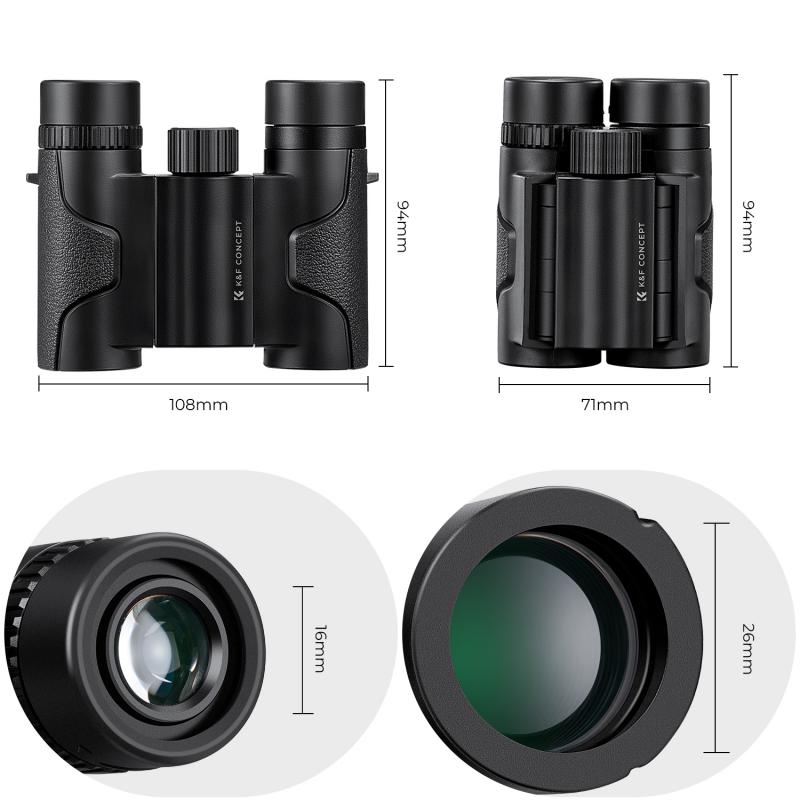
2、 Magnification power
What makes a good binocular? One of the key factors is the magnification power. Magnification power refers to how much closer an object appears when viewed through the binoculars compared to the naked eye. It is an important feature as it determines the level of detail and clarity you can observe.
A good binocular should have an appropriate magnification power that suits your specific needs. For general purposes such as birdwatching or wildlife observation, a magnification power of 8x or 10x is commonly recommended. Higher magnification powers, such as 12x or 16x, can provide more detailed views but may also result in a narrower field of view and increased image shake due to hand movements.
However, it is important to note that magnification power alone does not determine the quality of a binocular. Other factors such as lens quality, coatings, and overall build also play a significant role in the performance of the binocular.
In recent years, there has been a shift towards binoculars with lower magnification powers, such as 8x or 10x, but with larger objective lenses. This combination allows for a wider field of view and better light gathering capabilities, resulting in brighter and clearer images. Additionally, advancements in lens coatings and image stabilization technologies have improved the overall viewing experience.
Ultimately, a good binocular is one that strikes a balance between magnification power, lens quality, and other features to provide a clear, detailed, and immersive viewing experience. It is important to consider your specific needs and preferences when choosing a binocular to ensure it meets your requirements.
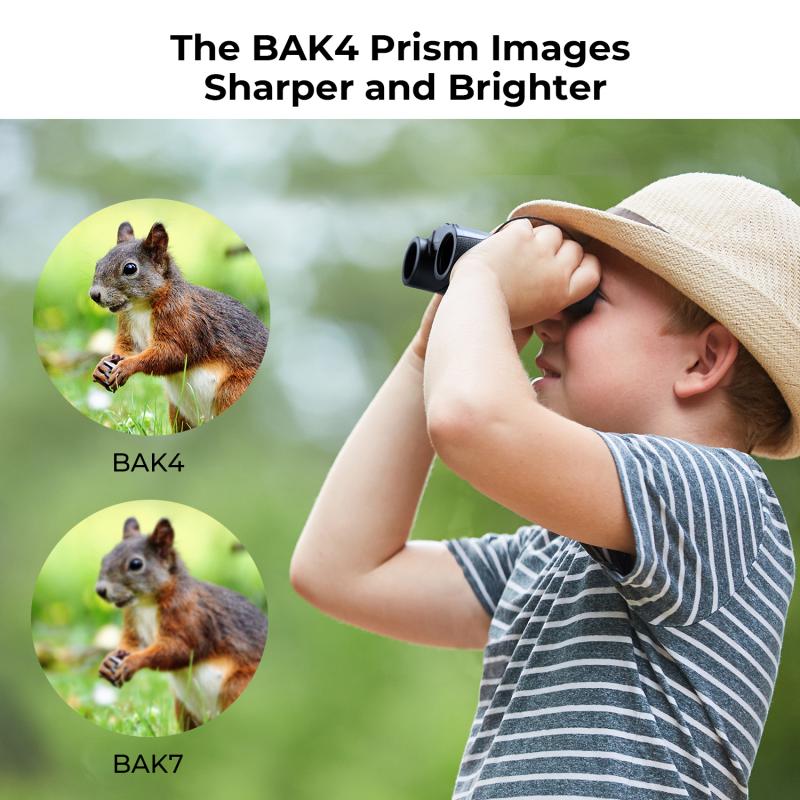
3、 Objective lens diameter
Objective lens diameter is one of the key factors that determine the quality and performance of a binocular. The objective lens is the larger lens at the front of the binoculars, and its diameter is measured in millimeters. A larger objective lens diameter allows more light to enter the binoculars, resulting in brighter and clearer images.
A good binocular typically has a larger objective lens diameter, as it enhances the light-gathering capability of the binoculars. This is particularly important in low-light conditions, such as during dawn or dusk, or when observing objects in dense foliage. A larger objective lens diameter also improves the overall image quality, providing better contrast and detail.
However, it is important to note that the objective lens diameter alone does not determine the quality of a binocular. Other factors, such as lens quality, lens coatings, and prism type, also play a significant role in determining the overall performance of the binoculars.
In recent years, there has been a trend towards larger objective lens diameters in binoculars. This is driven by advancements in lens technology and manufacturing processes, allowing for larger lenses without significantly increasing the weight or size of the binoculars. Additionally, with the increasing popularity of activities like birdwatching and stargazing, there is a growing demand for binoculars that can provide brighter and clearer images, even in challenging lighting conditions.
In conclusion, while objective lens diameter is an important factor in determining the quality of a binocular, it should be considered in conjunction with other factors. A good binocular combines a larger objective lens diameter with high-quality lenses, coatings, and prism types to provide superior image quality and performance.
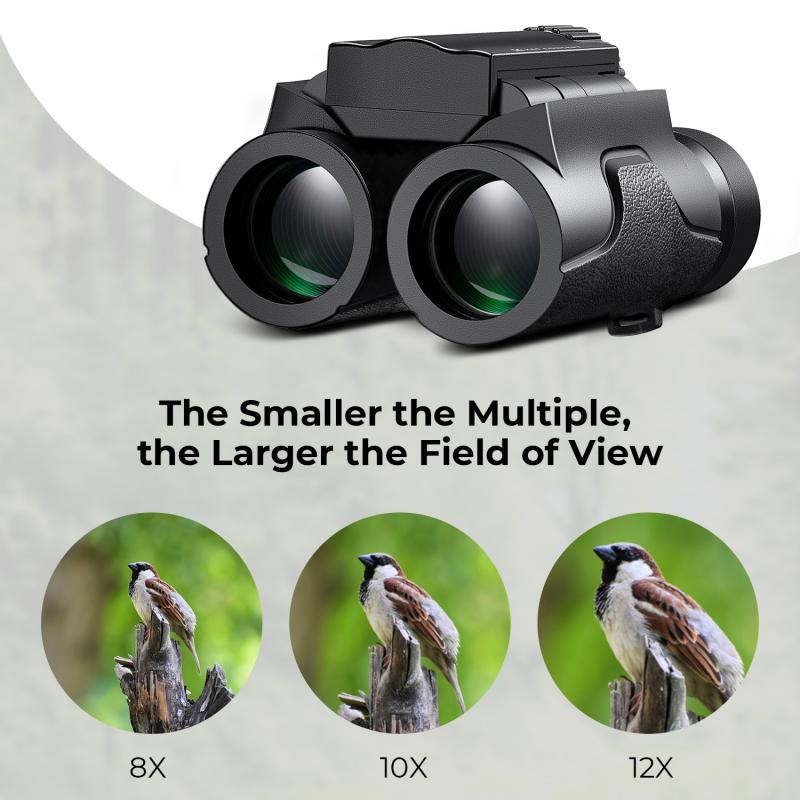
4、 Field of view
Field of view is one of the key factors that make a good binocular. It refers to the width of the area that can be seen through the binoculars at a specific distance. A wider field of view allows for a larger area to be observed, making it easier to locate and track objects. This is particularly important for activities such as birdwatching, wildlife observation, and sports events.
A good binocular should have a wide field of view to provide a more immersive and enjoyable viewing experience. It allows users to scan the surroundings quickly and easily, without having to constantly adjust the binoculars or move their head too much. A wider field of view also helps in capturing fast-moving objects, as it provides a larger window to track their movements.
In recent years, there have been advancements in binocular technology that have improved the field of view. Manufacturers have developed binoculars with wider angles, allowing users to see more of the scene in a single glance. This has been achieved through the use of advanced optics, lens coatings, and design improvements.
Additionally, some binoculars now feature image stabilization technology, which helps to reduce image shake and improve the overall viewing experience. This is particularly useful when observing distant objects or during prolonged use.
In conclusion, a good binocular should have a wide field of view to provide a more immersive and enjoyable viewing experience. Advancements in technology have allowed for wider angles and improved image stabilization, enhancing the overall performance of binoculars.
